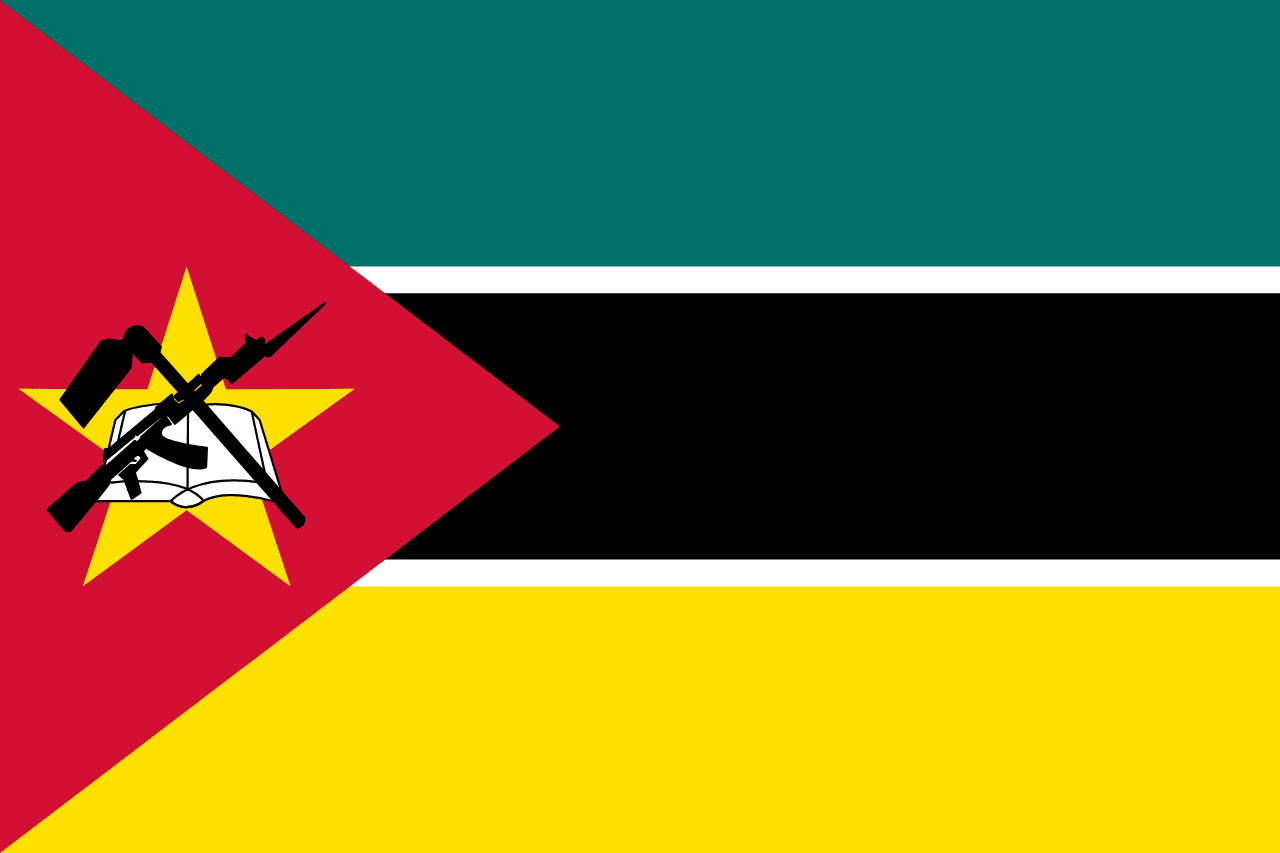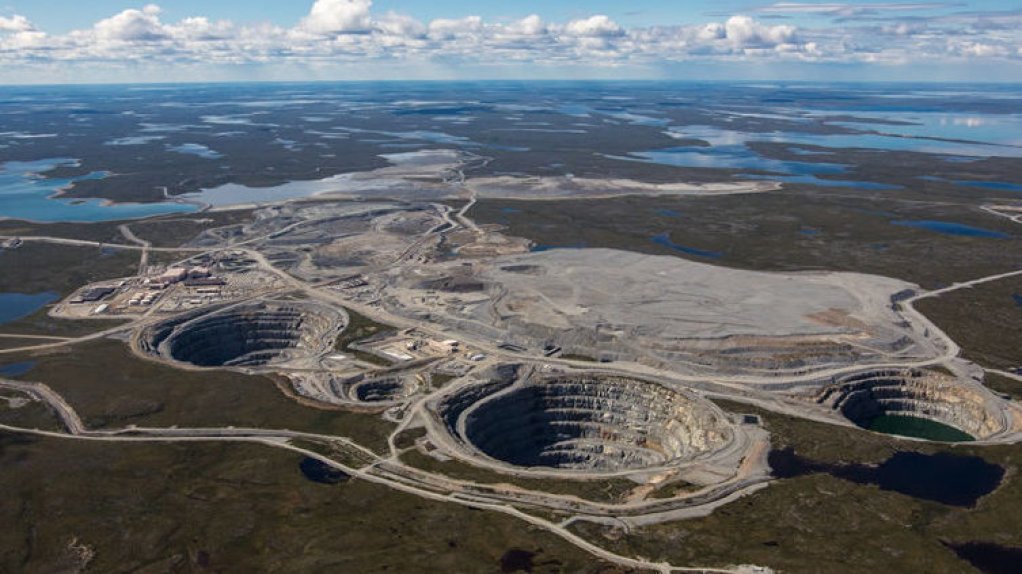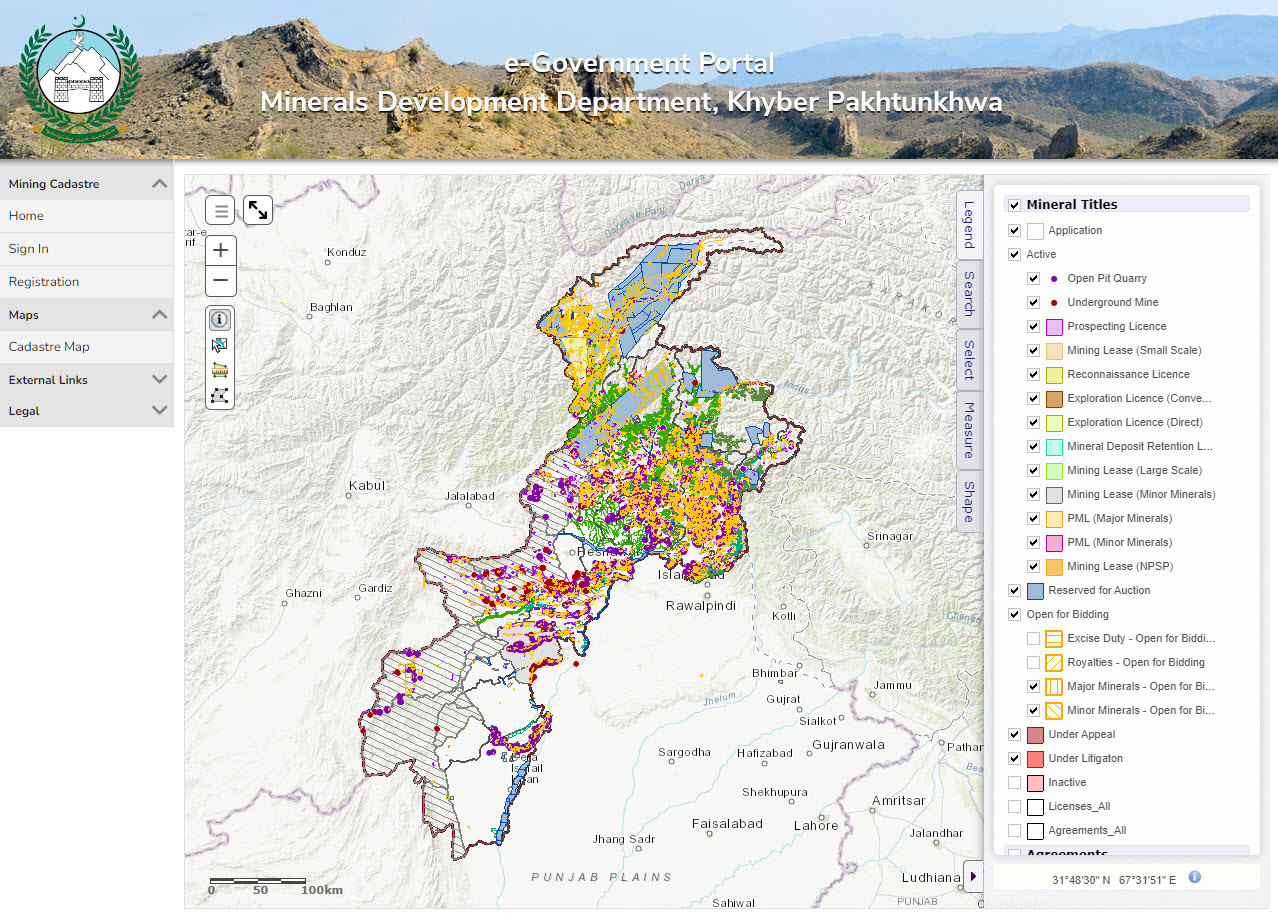By Martin Creamer, Mining Weekly
While South Africa is still trundling along laboriously with a minerals cadastre system fraught with shortcomings, Mozambique has rocketed to the highest firmament of e-government licence processing, Mining Weekly can report.
Mozambique first led the pack 17 years ago when, ironically, it latched on to South African-developed technology that South Africa itself spurned.
Now, it has streaked even further ahead with a seamless advance from a traditional mining cadastre system into full online licence processing.
To do so, the Mozambique Ministry of Mineral Resources and Energy contracted the creator of the South Africa-linked FlexiCadastre – Spatial Dimension, now a Trimble company – to embark on e-government initiatives and online mining cadastre systems, with Mozambique’s National Institute of Mines as the implementing agency.
Mozambique joins a growing list of countries embarking on e-government initiatives and the launching of online mining cadastre systems, which can transition seamlessly to full e-government.
“Customers will soon be able to submit applications online as well as undertake all other statutory processes such as making payments, submitting reports and undertaking renewals. In addition to these productivity wins, the system will significantly enhance revenue collection,” Spatial Dimension president Bill Feast stated in a media release to Mining Weekly.
In 2003, Mozambique Ministry of Mineral Resources and Energy was the launch customer for FlexiCadastre, now called Landfolio, which leverages the transition path for FlexiCadastre customers.
Over the past 17 years, Mozambique Ministry of Mineral Resources and Energy has benefited from ongoing software maintenance and proactive user support, with updates continually added to the system.
“It’s thus perhaps natural that the Mozambique Ministry of Mineral Resources and Energy turned to us after deciding to move their licensing processes online,” said Feast.
Last month, Trimble announced that the Department of Environment, Land, Water and Planning in Victoria, Australia, had achieved a significant milestone with the launch of a new land information management system that will manage more than eight-million hectares of public land for a range of uses.
Meanwhile in South Africa, the South African minerals resources administration database (Samrad), the launch of which Mining Weekly participated in in 2011, has been described as one of the best studied, mapped and well-documented mineral resource databases, but it continues to underwhelm.
While the law makes provision for the implementation of a system to view mineral right tenements, and while Samrad is active, it is not available to the public and investment community in the same way as in Mozambique, Namibia and several other African countries.
Exploration and mining growth are not being fostered by Samrad, which replaced a manual system.
Samrad has 276 layers of information on South Africa’s 52 commodities, which the global Citibank valued nearly ten years ago at R18-trillion ($2.3-trillion), the world’s single-largest minerals treasure trove.
“This data’s now there for all to see and to use. South Africa's open for business,” the then Mineral Resources Minister Susan Shabangu told Mining Weekly at the launch.
The then director-general of the then Department of Mineral Resources (DMR) Sandile Nogxina added to Mining Weekly at the time: “We’ll be seeing the fruits of this system ahead of the Mineral and Petroleum Resources Development Act’s (MPRDA’s) amendment.”
Besides being meant to render the decried duplication of mineral rights an impossibility, journalists were shown how Samrad graphically illustrated South Africa’s built-up areas, water bodies, parks, reserves and the location of open land, and it was doing so ahead of the flawed MPRDA being amended.
The then DMR acting deputy director-general of mineral regulation Joel Raphela told Mining Weekly that the new system would foster an increased tempo of exploration in South Africa, by enabling investors to tap into the prospecting market from their desks.
Raphela added at the time that the new electronic system was poised to put an end to the long delays that had characterised the department’s administration up to then.
“At the heart of the delays was the old system. With the new system, challenges are highlighted instantly, and we, as management, will be able to intervene quickly, and in a sustainable manner. We’re confident that this system will ensure that there is growth for mining, which is one of the key economic drivers of our New Growth Path,” added Raphela.
When Herbert Smith Freehills Africa co-chair Peter Leon was asked by colleague Patrick Leyden during a webinar last week to list measures needed to attract mining investment during these challenging times, he described access to an online mining cadastre as being crucial, so that mining companies and applicants could see who has which rights without having to bring an access-to-information request.
But Samrad continues to be allowed to trundle on, with exploration dead in its tracks and mining a pale shadow of its former self.
Unemployment continues to grow and more poverty knocks on more doors every day that passes without the necessary remedial cadastre action, which could so easily be taken but, for some unknown reason, is not.
This article was first published here: https://www.miningweekly.com/article/mozambique-streaks-ahead-with-new-e-government-cadastre-advance-2020-06-03








